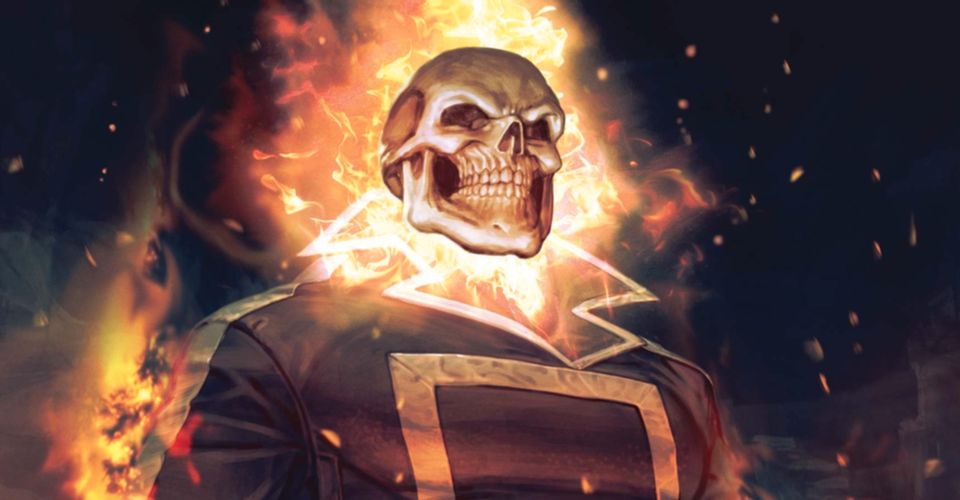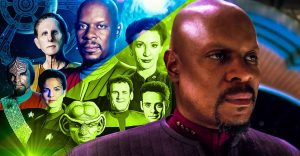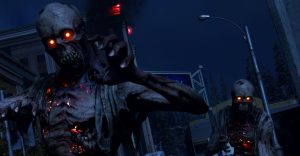Marvel’s New Ghost Rider is Using His Own Comic’s Art as A Secret Weapon

Warning: spoilers for Ghost Rider #1 are ahead!
In Marvel Comics, Ghost Rider occupies a specific niche that blends supernatural horror with the icons and imagery of the American West. As the Spirit of Vengeance, Ghost Rider carries out a type of frontier justice by forcing wrongdoers to pay for their crimes, most notably through the use of his Penance Stare. In Johnny Blaze’s case, his appearance as a flaming skeleton on a motorcycle is undoubtedly one of the most unusual character designs in American comics. In his original series from the 1970s, Ghost Rider was billed as “the most supernatural superhero of all,” and while this impact has been softened overtime, it is evident in his new series from Benjamin Percy, Cory Smith, Bryan Valenza, and Travis Lanham that Marvel is continuing this legacy decades later.
Ghost Rider #1 depicts a troubled Johnny Blaze as he recovers from brain surgery after a motorcycle accident. Wrought by disturbing visions where his idyllic suburban neighborhood is transformed into a hellish landscape, Johnny struggles to differentiate between reality and his own trauma, leading his therapist to create a new mantra for him: “there is no such thing as monsters.” But as the issue progresses, it becomes more and more apparent that Johnny’s suspicions have some merit, finally culminating in the neighborhood’s reveal as a psychic prison populated by demons.
The issue’s art holds readers in suspense, as it masterfully plays with readers’ expectations, taking advantage of the fact that they are entirely dependent on Johnny’s point of view to guide them through the story. Seemingly innocent scenes like Johnny teaching his son to ride a bike are rendered in a bright, low contrast art style familiar to Marvel readers, lulling them into a sense of security. This heightens the supernatural aspects about the story, as issue’s horror is grounded in the familiar. This approach to comic book art establishes Ghost Rider as not only a fundamentally unique series from Marvel’s other offerings, but a psychological slow burn that invites readers to take nothing on its pages at face value.

As the issue unfolds, the art takes on a transformative quality that is in accordance with Johnny’s gradual realization that something is not right in his town. While he encounters strange slip-ups, like his father-in-law saying, “You’re living the American nightmare” instead of, “You’re living the American Dream,” the art progressively gets more and more sinister-looking. This comes to a head in Johnny’s own therapist’s office, where the painting of a pig above her couch has slowly transformed into a violent image, with a wolf finally appearing before Johnny’s eyes and gnawing at the pig’s corpse. The painting’s role in the story serves as a statement to readers that the issue’s art itself is hiding its own sinister secrets.
Ghost Rider #1’s art proves that Marvel is fully committing to returning to the character’s roots in supernatural horror. The art advances the psychological elements of the story where its dialogue provides conflicting information, seen clearly in Johnny’s therapist reminding him that “there is no such thing as monsters,” while the painting in her office becomes more and more disturbing. This choice takes advantage of the fact that readers, like the Ghost Rider himself, are unsure of what’s real and what isn’t, and primes them for the horror that is yet to come.
About The Author


















